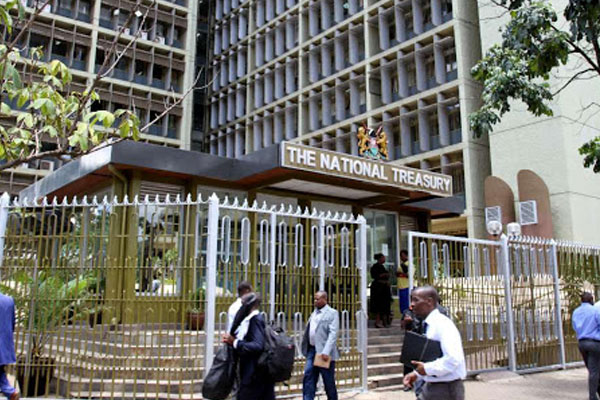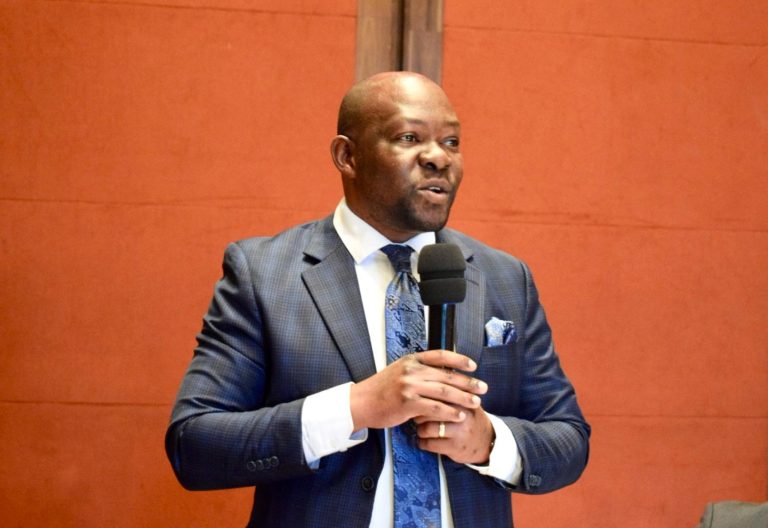Covid-19, debt to cripple fiscal consolidation targets

Zachary Ochuodho and Noel Wandera
Slowdowns in key sectors of economy are Kenya’s major threat to fiscal consolidation which Treasury has been pushing for to bolster its revenue generation, a new study reveals.
Coming on the cusp of Kenya’s three reported coronavirus case, a Fitch Solutions report for April 2020 shows significant slowdown of key growth sectors, which could hinder Treasury’s attempt to attain fiscal consolidation.
When the first case of coronavirus was reported in the country on Friday, the markets responded immediately wiping out some Sh120 billion in paper wealth at the bourse. Yesterday, two more cases were reported.
Kenya, which imports heavily from China, has also seen disruptions to the supply chain and a dip in tourism, an important source of hard currency and jobs for the country.
Impact bill
Kenya’s annual import bill which stands at about Sh1.76 trillion sourced about 20 per cent from from China, worth about Sh370 billion.
In Kenya’s tourism haven of Maasai Mara Game Reserve, hoteliers are a worried with more than 70 per cent of bookings having been cancelled following the outbreak of the virus.
“We forecast efforts to rein in total expenditure to have limited success over the short term, keeping the fiscal deficit wide at 7.5 per cent of the gross domestic product in the 2019/20 fiscal year and 6.9 per cent in FY20/21, compared to 7.7 per cent in FY18/19,” the study shows.
It will be a tough call for Treasury to bolster growth as Fitch Solutions Group Ltd analyst Tettey Addy notes, saying the costs of repaying public debt will also contribute largely to the rising expenditure growth in the short term.
“We see increased upside risks to Kenya’s fiscal deficit and debt burden over the coming years.
Amid muted short-term prospects for revenue generation, we forecast that further growth in borrowing will see the public debt burden average 64 per cent from 2020 to 2022,” the report said.
Adverse weather
Addy said the slowdowns were observed in various sectors, which in their view signals that revenue from a range of sources will face constraints over the short term.
In particular, adverse weather in 2019 will weigh on growth in the agricultural sector—which accounted for 21.2 per cent of real GDP from Q318 to Q319 and employs around 57per cent of the labour force—and thereby hamper the growth of income taxes and value-added tax revenue.














